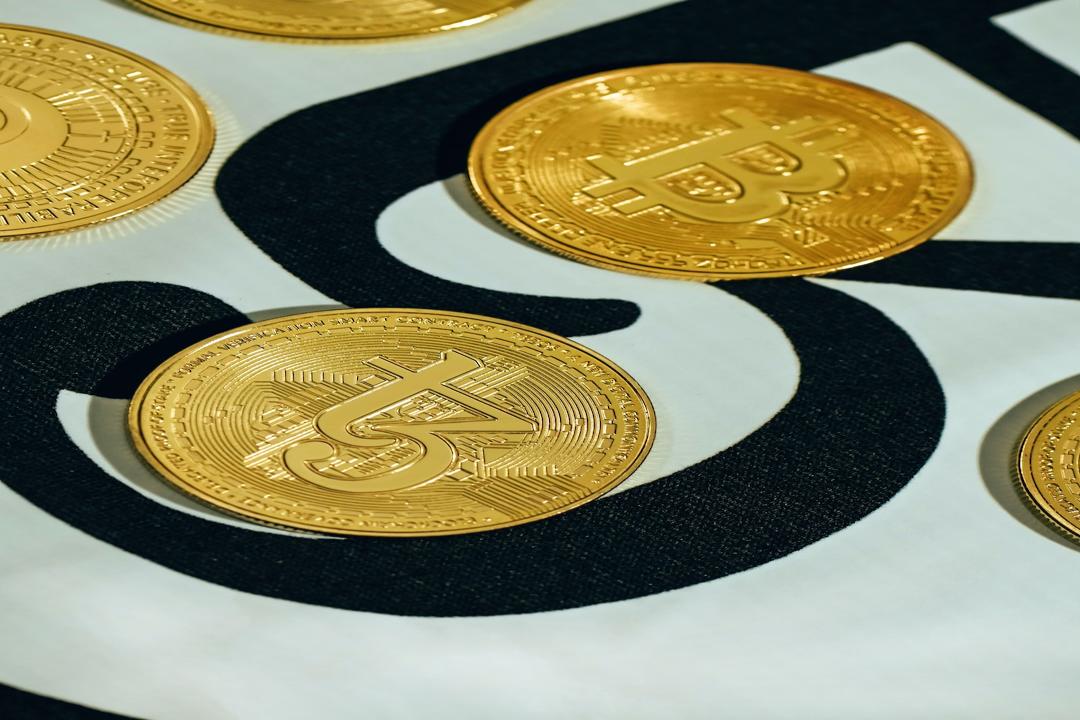Author: James Ho
Translated by: Deep Tide TechFlow
Investing in L2 vs ETH
Over the past few years, Layer 2 (L2) solutions on Ethereum have made significant strides. Currently, the total value locked (TVL) on Ethereum’s L2 exceeds $40 billion, compared to just $10 billion a year ago. On platforms like @l2 beat, there are over 50 L2 projects, with the top 5-10 projects holding over 90% of the TVL.
Following the implementation of EIP-4844, transaction fees have drastically reduced, with costs on platforms like Base and Arbitrum dropping to less than $0.01 per transaction.
Despite substantial advancements in technology and adoption, L2 tokens have generally underperformed as speculative investments compared to ETH (though they shine as venture investments). Numerous jokes and anecdotes circulate about the poor performance of L2 tokens relative to ETH.
We examined the valuation of major L2s compared to ETH. A notable observation is that despite an increase in the number of listed L2s, their combined fully diluted valuation (FDV) relative to ETH has remained stable.
Two years ago, the only listed L2s were Optimism and Polygon, which represented 8% of ETH’s FDV. Today, with projects like Arbitrum, Starkware, and zkSync, their FDV accounts for 9% of ETH.
Each new listing of an L2 token essentially dilutes the FDV of previously listed L2 tokens.
Investing in L2 tokens has resulted in significantly poorer performance relative to ETH. Returns over the past 12 months are as follows:
ETH: +105%
OP: +77%
MATIC: -3%
ARB: -12%
Historically, the combined FDV of major L2 tokens has hovered around $10 billion. This valuation seems somewhat arbitrary, lacking strong market rationale whether it’s $10 billion, $20 billion, or $3 billion. Ultimately, significant supply pressure exists due to demand liquidity and/or substantial unlocks.
These L2s generate monthly fees ranging from $20 million to $30 million. Since the implementation of EIP-4844, fees have decreased to $3 million to $4 million per month, equating to an annualized cost of $40 million to $50 million.
Currently, the total FDV of major L2 tokens is approximately $40 billion, with annualized fees of $40 million, resulting in a valuation multiple of around 1,000 times.
This sharply contrasts with large DeFi protocols, which typically have valuation multiples ranging from 15 to 60 times (based on last month’s annualized fees):
DYDX: 60x
SNX: 50x
PENDLE: 50x
LDO: 40x
AAVE: 20x
MKR: 15x
GMX: 15x
With more L2 projects coming to market, FDV of L2 tokens may face continued pressure and dilution. The market is saturated, making it challenging for the liquid market to support.
Conclusion
Long-term, L2s could generate significant fee revenue. L2s generate $150 million in fees annually (including Base, Blast, Scroll), and this figure could grow significantly with increased L2 activity.
The above is not specific to any particular L2 project but rather a broad observation of the category. Purchasing a basket of L2 tokens with approximately $40 billion FDV and $40 million in fees (1,000x), and expecting them to outperform ETH in the long run, appears challenging.
Clearly, there is no shortage of block space between L2s and high-throughput chains like Solana, Sui, and Aptos. The limiting factor lies in applications utilizing this block space. I hope future focus will shift more towards the application layer, as the liquid market is likely to reward the application layer over infrastructure in the coming years.
In the previous cycle, projects often listed significantly undervalued. MATIC was initially listed with an FDV below $50 million and has now surpassed $5 billion, growing over 100 times. However, this isn’t necessarily the case for recent L2 tokens like $OP, $ARB, $STRK, $ZK, and others likely to be listed.
—
Note: Proper nouns and 
placeholders were retained as requested.

